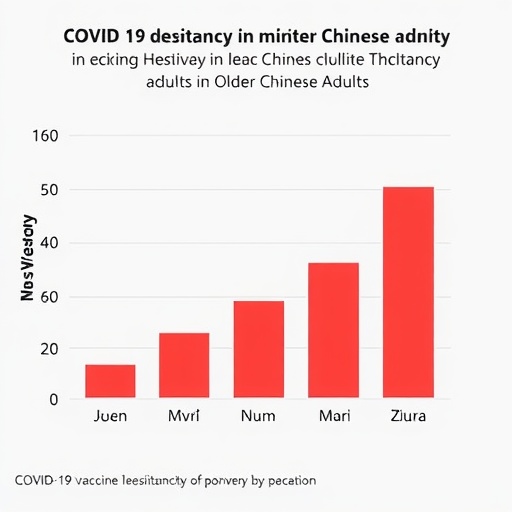Researchers from the University of Tsukuba identify a novel mechanism by which mating affects the behavior of germline stem cells

Credit: Photo by Yuto Yoshinari; University of Tsukuba
Tsukuba, Japan – While it is known that stem cells have the ability to develop into all tissues in a precisely regulated process, the way environmental cues affect stem cell behavior has remained poorly understood. In a new study, researchers from the University of Tsukuba discovered that neurons producing the neurotransmitter octopamine regulate the behavior of germline stem cells (GSCs) in response to environmental cues, such as mating.
The ovaries of the fruit fly Drosophila melanogaster have been a robust model system for studying the relationship between environmental cues and stem cell biology. In fruit flies, GSCs give rise to eggs and exist in close proximity to somatic cells. Somatic cells comprise several types of cells in support of the budding eggs. As with other stem cells, when GSCs divide, one daughter cell retains its stem cell identity, while the other differentiates into multiple progeny cells. The balance between self-renewal and differentiation is tightly regulated, both by cues within and outside the environment in which GSCs reside (also called a niche). Mating is one such external cue known to increase GSCs.
“It is well known that a molecule called sex peptide from the male seminal fluid activates neurons located in the uterine lumen. We have previously shown that these neurons are essential for stimulating the biosynthesis of ovarian steroid hormones to increase the number of GSCs,” says corresponding author of the study Professor Ryusuke Niwa. “The goal of our study was to investigate how the information from mating is transmitted from these neurons to GSCs at the molecular and cellular levels.”
To achieve their goal, the researchers took a genetic approach to investigate which gene is responsible for the increase of GSCs upon mating, and found that the octopamine receptor Oamb is the one through which octopamine exerts its effect on GSCs. Through a series of experiments, the researchers then found that Oamb in escort cells, one type of somatic cell adjacent to GSCs, modulates GSC increase after mating and the subsequent release of octopamine by neurons. At the molecular level, Oamb activation by octopamine resulted in an increase in calcium signaling in escort cells. Calcium is a potent biomolecule and changes in cellular calcium levels strongly affect cell behavior.
Because it had previously been shown that ovarian steroid hormones were involved in the increase of GSCs, the researchers next investigated the relationship between ovarian steroid hormones and the calcium-dependent GSC increase. Their results showed that ovarian steroid hormones are indeed required to increase the number of GSCs. Next, the researchers asked which molecules play a role in stimulation of escort cells by octopamine and found that the protein matrix metalloproteinase 2 is required upon the calcium-dependent GSC increase. Finally, the researchers showed that the neurons projecting to the ovaries to increase GSCs do so via specialized proteins, called nicotinic acetylcholine receptors. These results provide a complete picture as to how neuronal activation results in increased ovarian stem cells.
“These are striking results that show the molecular mechanism underlying the coupling of the nervous system with stem cell behavior in response to environmental cues, such as mating,” says Professor Niwa. “Our results could help unravel the conserved systemic and neuronal regulatory mechanisms for stem cell homeostasis in animals.”
###
The article, “Neuronal octopamine signaling regulates mating-induced germline stem cell increase in female Drosophila melanogaster,” has been published in eLife at DOI: 10.7554/eLife.57101
Media Contact
Naoko Yamashina
[email protected]
Related Journal Article
http://dx.




